De and Het: The Great Dutch Language Mystery
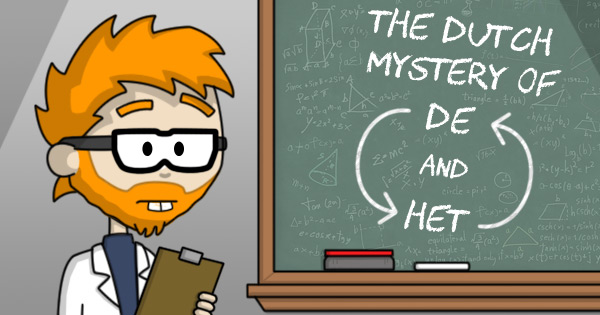
Life is full of mysteries. Who are we? Why are we here? Did I leave the oven on? Great big mysteries that are difficult to solve and keep a lot of very intelligent people busy.
However, there is a mystery that is bigger than any mystery ever pondered! Larger than any question ever asked! More infinite than any puzzle ever puzzled! Many people have attempted to solve this mystery and been driven insane by it. It is simply cannot and will not be solved… What is the correct usage of de and het in the Dutch language?
The true meaning of life will be solved long before anyone even comes close to solving this unsolvable mystery.
Please! Do not try to answer this question yourself. Even if you believe that you know the answer. Simply pondering the question of de and het for even a moment can put your mental health at serious risk. Thinking about if for just one second puts your sanity in danger. If you are an expat trying to learn the language it is far safer to just get it wrong and refer to things as de huis or het man (for example). It simply is not worth risking trying to get it right. I cannot stress this enough.
Dutch people especially might think they can answer this mystery. They are Dutch after all and being Dutch is a pretty good qualification to have on the subject of being and speaking Dutch. However, no matter how much they think they know the answer, the truth is that they do not. This becomes very evident the moment they make the mistake of trying to explain the answer.
The “Rules” of De and Het
At first it is all very simple. ‘De’ is used for masculine and feminine words, where as ‘Het’ is used for neutral words. That’s it. How hard can it be?… But then they remember that one occasion where the rule does not work… and then that other one where it does not apply… and another where it is invalid… and that strange one where the rule is flipped… and sometimes reversed… or occasionally upside down… or when a entirely different rule is used based on the position of the moon!
Suddenly they realize they cannot explain the Dutch mysteries of De and Het. It was foolish of them even to attempt to do so, and it is probably best that they stop before the headache (that they don’t remember having a few moments ago) gets any worse.
It is at this point that there is only one explanation that they can give, wise words that have been handed down from generation to generation of Dutchmen when dealing with outsiders trying to learn the language; “You just have to know it.”
It is a mystery that can never be solved without being born Dutch. And even then, trying to truly understand or explain it ends in madness. Just like trying to understand the use of the word ‘dus‘.



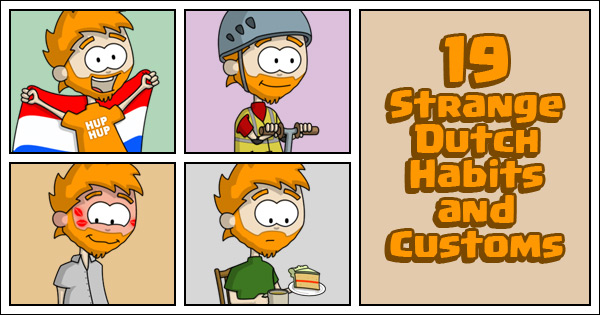

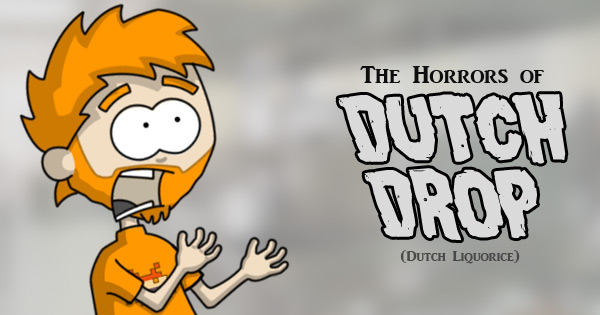



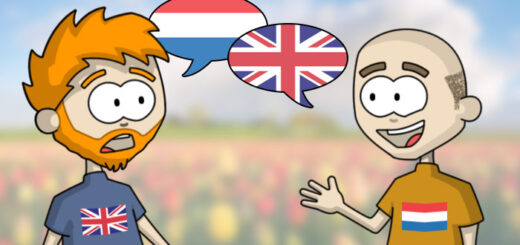

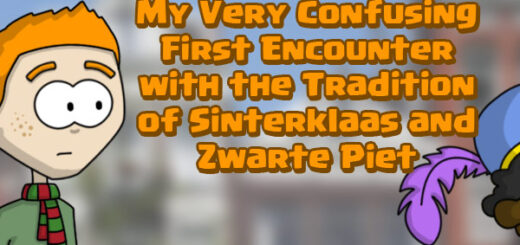
As Martijn said, all diminutives are het. And all plurals are de. Can cause slight problems then when you realise that plural of diminutives are also de (het probleempje/de probleempjes).
My problem with learning them was that my girlfriend had bought me Dutch/English dictionaries. But DUTCH Dutch/English dictionaries, which assumed the reader was familiar with whether a word was de/het.
And the final curveball? There are two words that I know of that exist as both de AND het; the one I remember is ‘pad’ – ‘de pad’ is ‘the toad’, ‘het pad’ is ‘the path’
What I want to know is who decided on having male and female words? Thank goodness we only have “the” mind you then there is “These” and “Those” Like you said you just have to know them and don’t get me started on spelling “to,too and two” I still havn’t sorted out the first two .
My Dutch teacher (I’ve been learning Dutch in situ for 5.5 months now) actually told us we will never get it right, foreigners never do. In fact, we SO never do that de/het mistakes during the state’s exam are ignored because it wouldn’t be fair to us. Ha! Still, I found German a much more complicated language to learn. I hold on to that. A lot.
(Incidentally, I stumbled upon your blog because my husband happens to lives here, or so it often seems. You make his endorphines soar, yes you do! Well, mine as well but he’s _devoted_.)
(*live! Linguistic CD – and pedantic husband – compelled me to waste a perfectly good comment space, sorry.)
Gaz – I guess if you get de and het pad mixed up it can really confuse the Dutch.
Dragon Lady -I’ve not figured them out either.
Lioness – My teacher told me the same. And welcome to the blog :)
iooryz – But it still involves reading :p
Maybe this will help: http://en.wikipedia.org/wiki/Gender_in_Dutch_grammar
Ahem.
re: `The true meaning of life will be solved long before anyone even comes close to solving this unsolvable mystery.’
What’s the Dutch translation of `42′? I mean, isn’t that the answer.
Cheers, ic
Henk – I think my brain just exploded trying to read that all.
iancochrane – Could the meaning of life really be ‘vierenveertig’?
By the time you know the answer “het” will be gone, because “het verdwijnt”.
Article from “Onze taal”
http://onzetaal.nl/uploads/editor/1111%20het.pdf?utm_source=Twitter&utm_medium=0211&utm_campaign=hetOT11
Besides if anybody corrects you on de/het, die/het,etc you just say “koningslied” (De dag die je wist DAT…) and they will shut up immediatly!
http://www.youtube.com/watch?v=Msk26FXOYuY
My girlfriend (who’s a German expat in the Netherlands) recently stumbled over the sentence “Zaterdag 4 mei om 20:00 is het Dodenherdenking.” She correctly identified ‘herdenking’ as non-neuter – so it should be ‘de’, and was very confused as to why that ‘het’ showed up! This ‘het’ basically plays the same role as in ‘het regent’ or ‘het is altijd lente in de ogen van de tandartsassistente’.
Sometimes I think we should have imported the Afrikaans usage of always saying ‘die’…
And don’t get me started on the word ‘er’ – I believe multiple PhD theses have been written on *that* particular can of worms.
In reply to Stu, replying on iancochrane’s post.
The meaning of live is not vierenveertig,
it’s actually tweeenveertig ;)
… or tweeënveertig :P
Stu, don’t worry about masculine and feminine. In modern standard Dutch, it’s acceptable to refer to any de-word as “hij”. So in your Alex Goes Camping post, “Dit is mijn tent. Het is heel groot. Vind je het mooi?” should have read “*Hij* is heel groot. Vind je *hem* mooi?”, because it is “de tent”.
As to which words are het-words and which de-words, unfortunately that has to be learnt with the word, like in German/French. There are some general rules (words on -heid are always de, etc), but the only hard and fast rule is that diminutives are always het-words, leading to the paradox of “meisje” being neuter.
Martijn: there are rules for the diminutives, see http://www.dutchgrammar.com/nl/?n=NounsAndArticles.16
“We voegen -tje toe aan zelfstandig naamwoorden die:
eindigen op een klinker (a, e, i, o, u, ij/y) of w
eindigen op een lange klinker, gevolgd door r, l, of n
eindigen op onbeklemtoonde -er, -el, of -en; de letter e is een stomme e
We voegen -etje toe aan zelfstandig naamwoorden die eindigen op een korte klinker, gevolgd door een enkele r, l, n, m of ng
We voegen -kje toe aan zelfstandig naamwoorden die eindigen op een onbeklemtoonde -ing
We voegen -pje toe aan zelfstandig naamwoorden die eindigen op:
een lange klinker, gevolgd door -m
-lm of -rm
onbeklemtoonde -em; de letter e is een stomme e.”
The_wife, Arabic does have an article, but only one: it’s either “table” (which means “a table”) or “the table” (which means, indeed, “the table”). On the other hand, it doesn’t write vowels, has insanely complex verb systems, and a totally alien (to Europeans) morphology…
It is always stated that “de” is masculine and “het” is feminine.
het pak: suit
de rok: skirt!!
A fact: “De” is used 70% of the time.